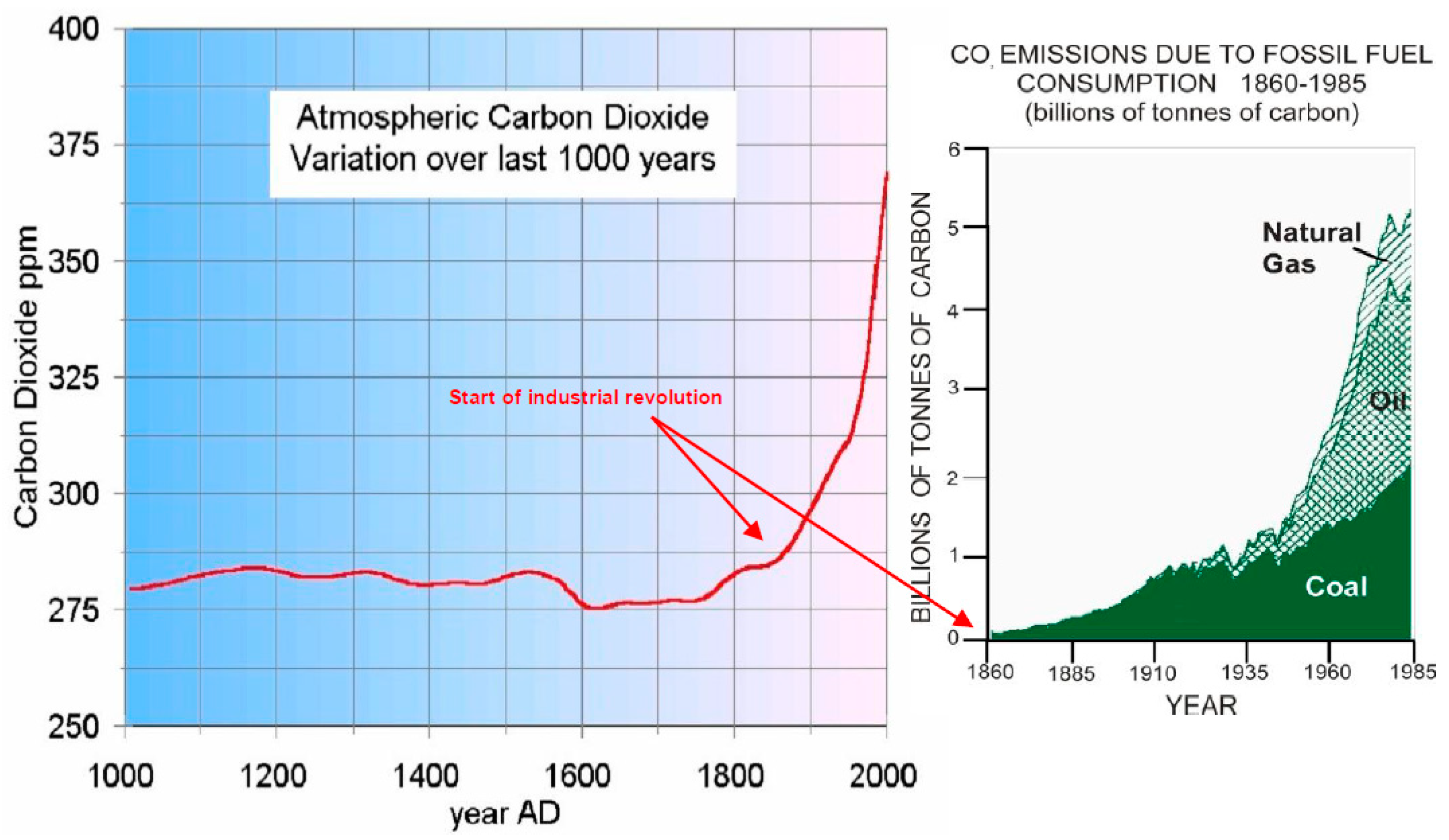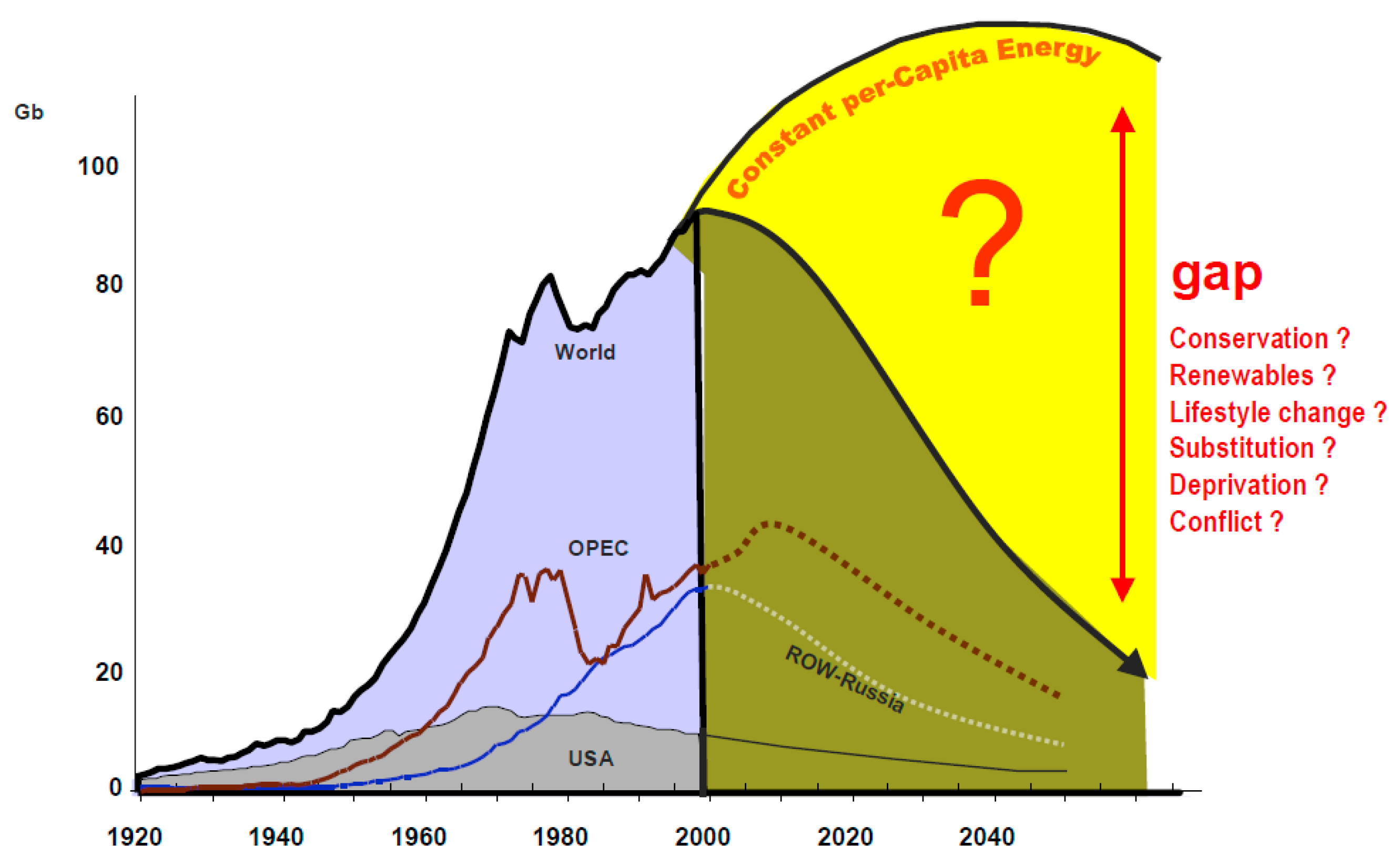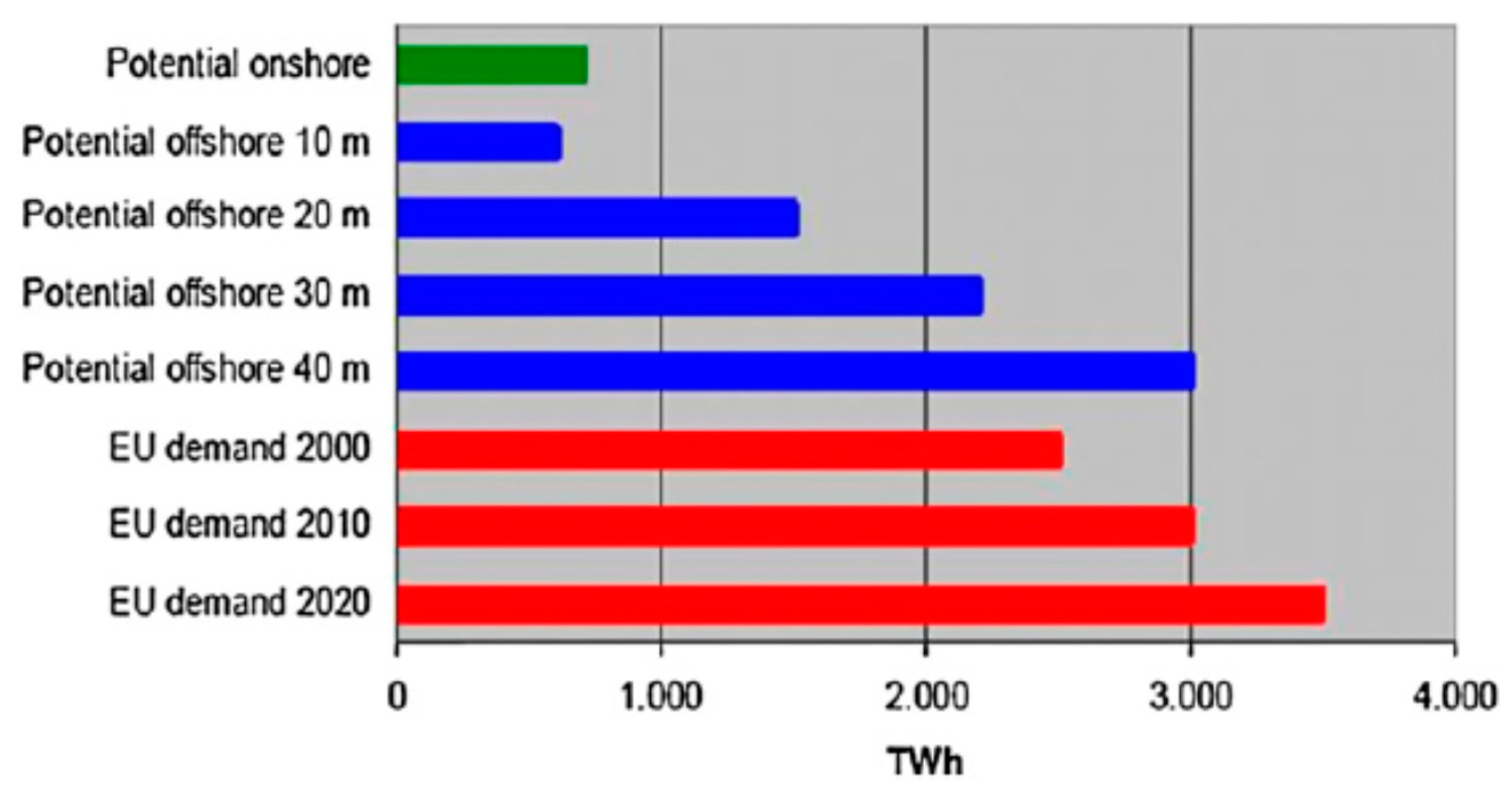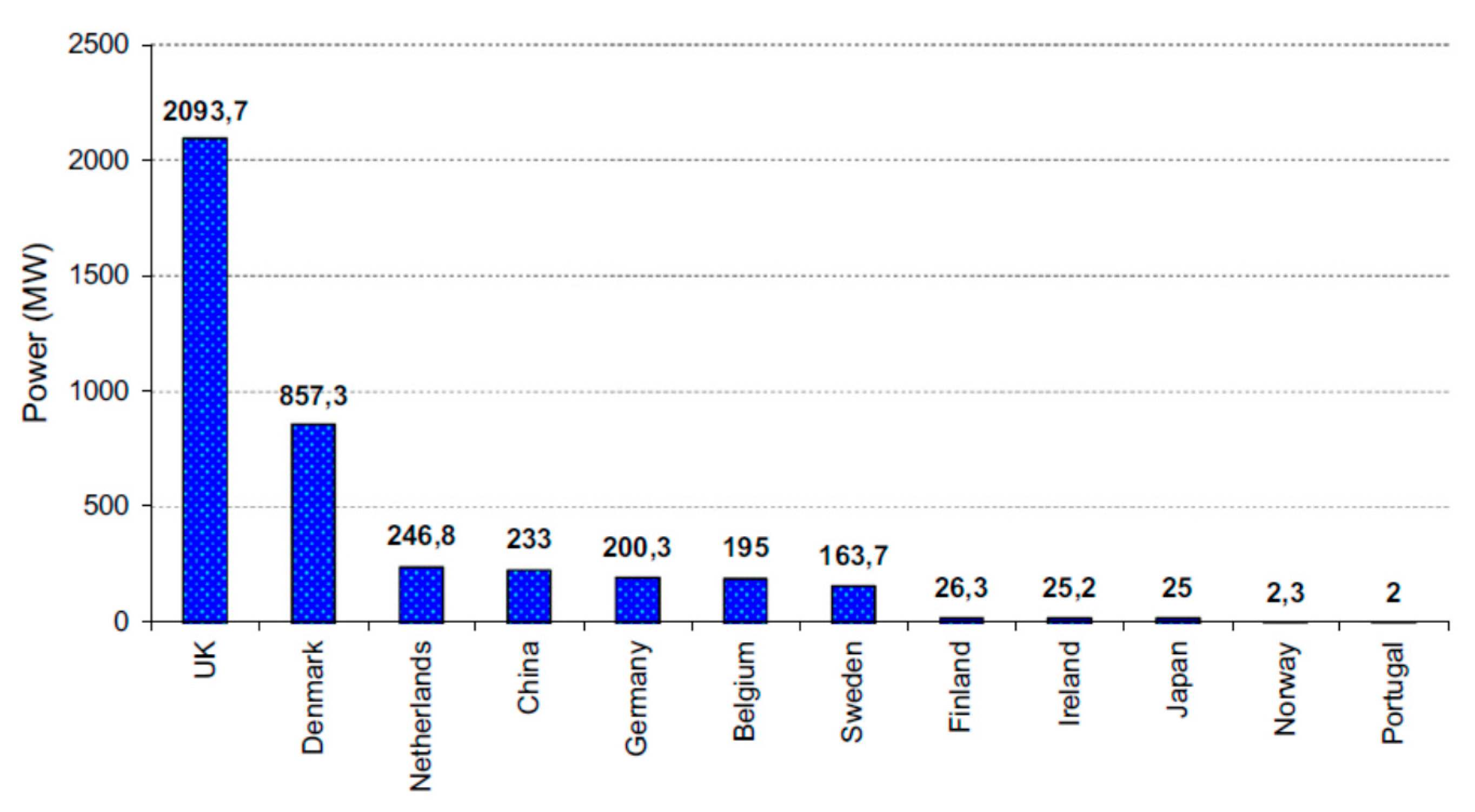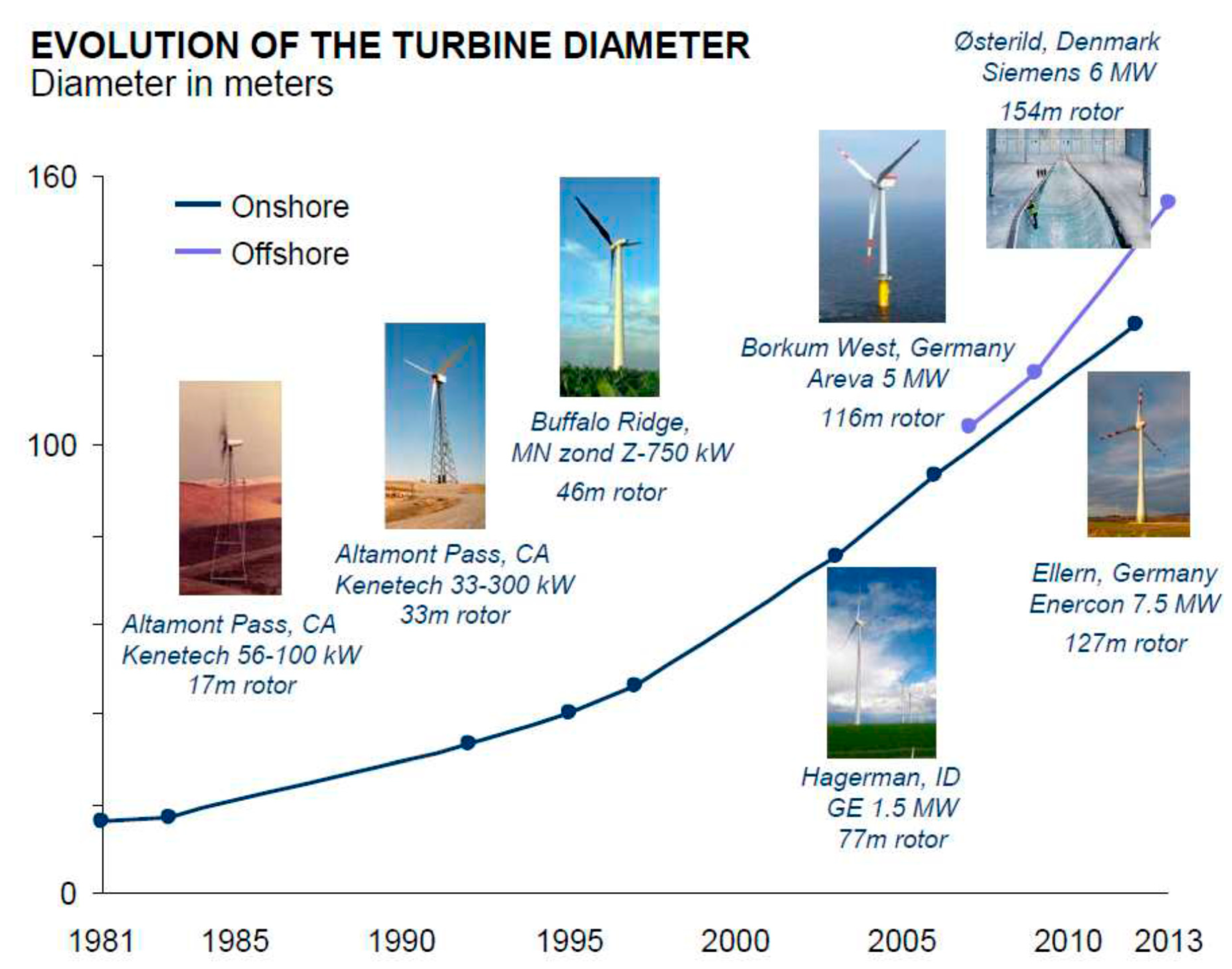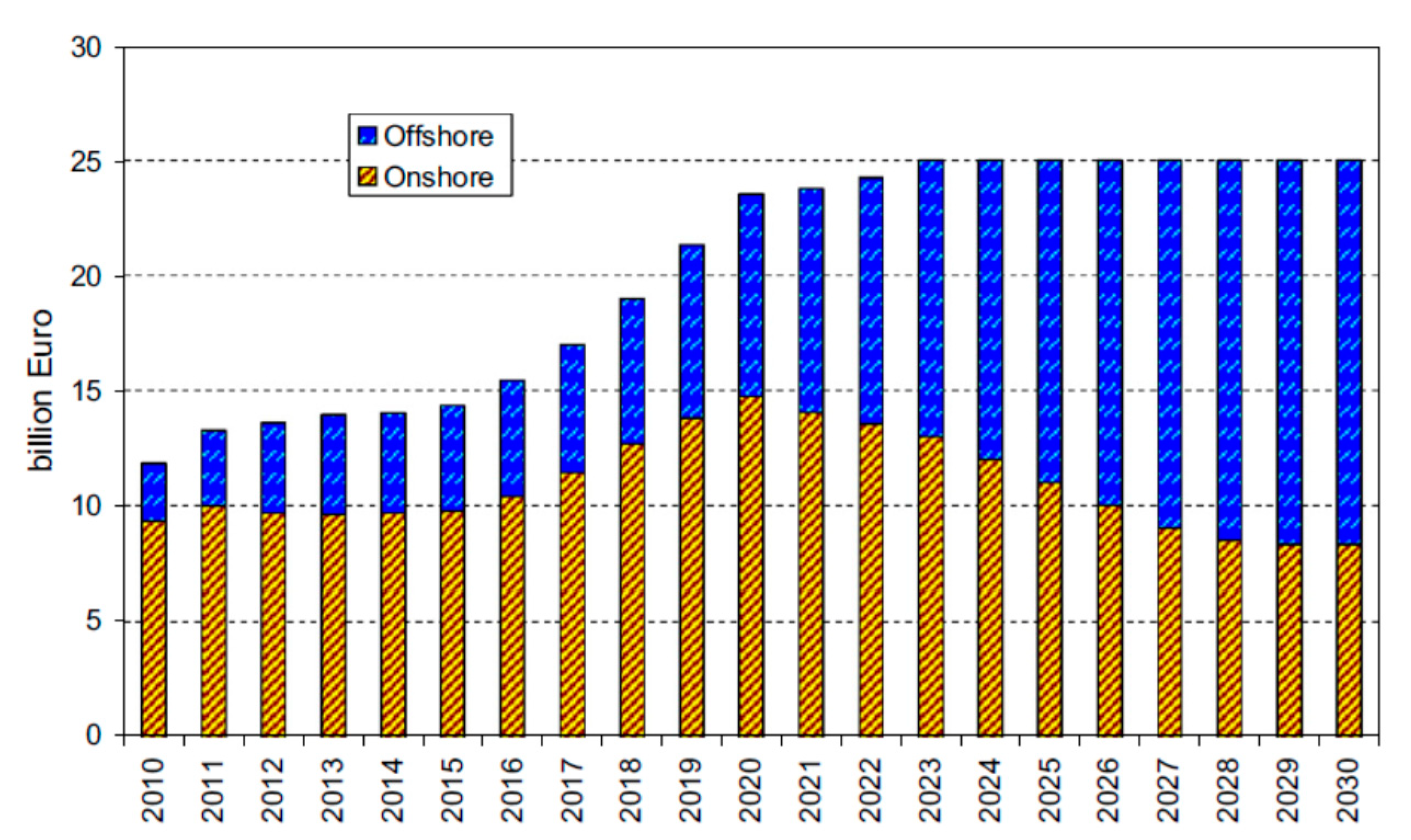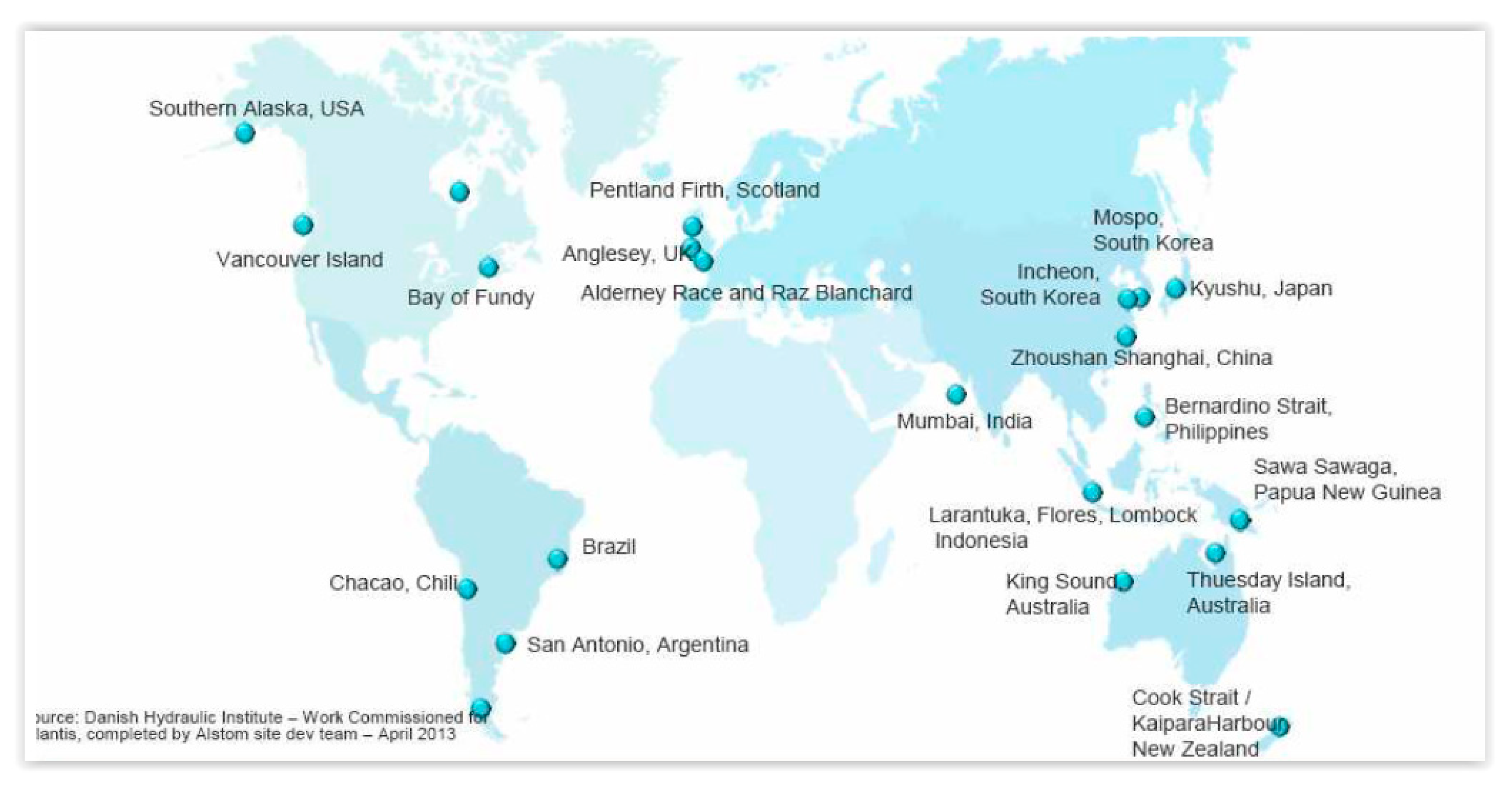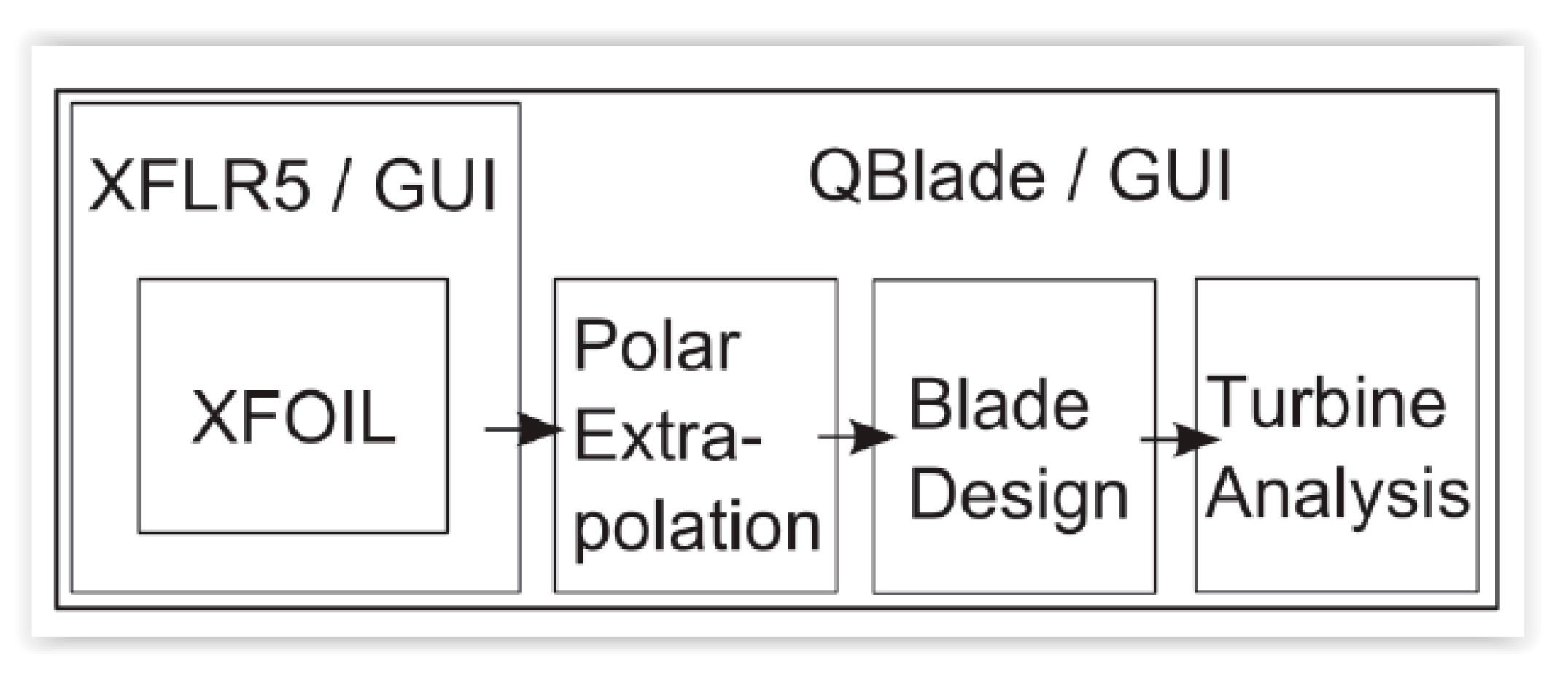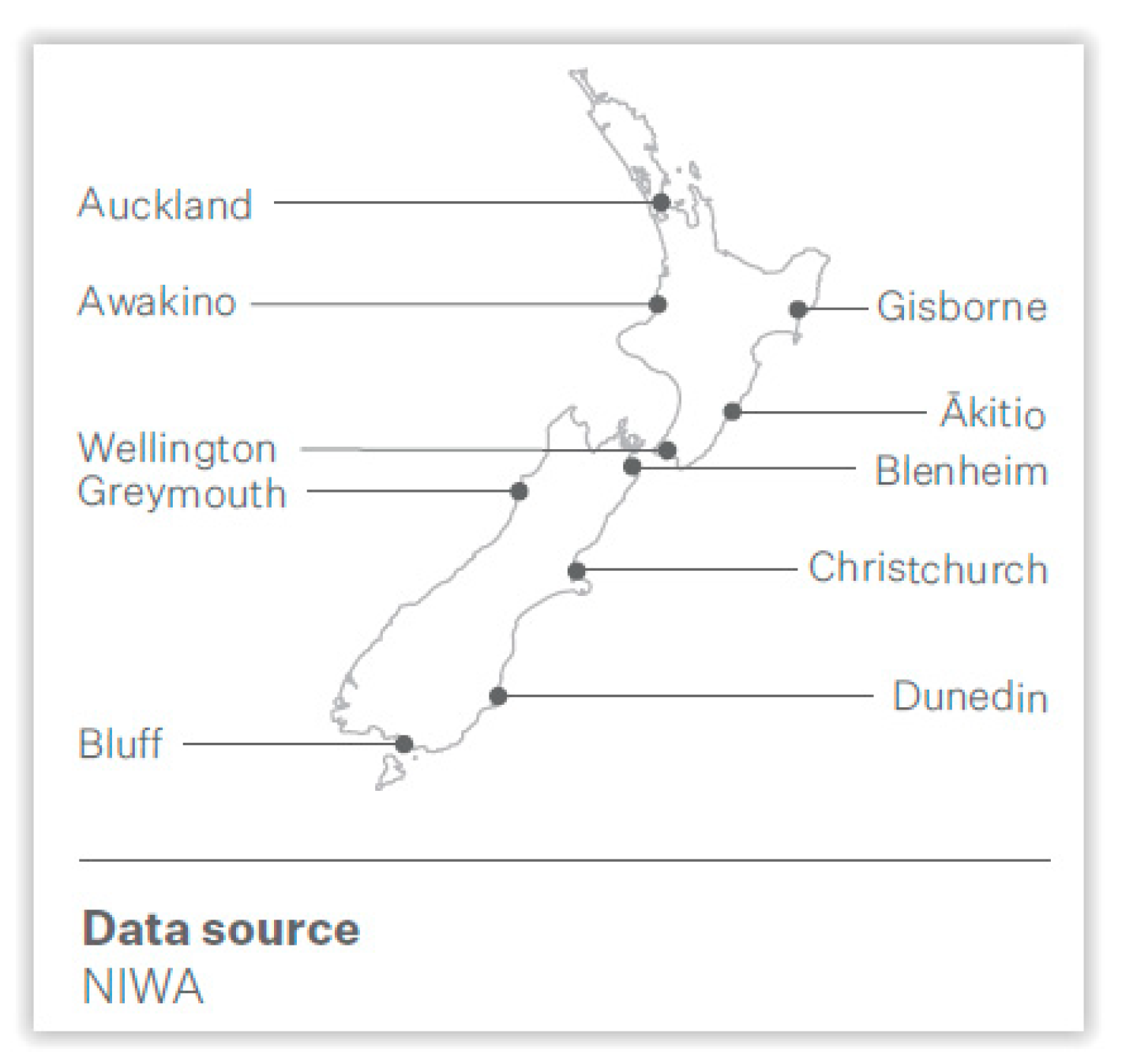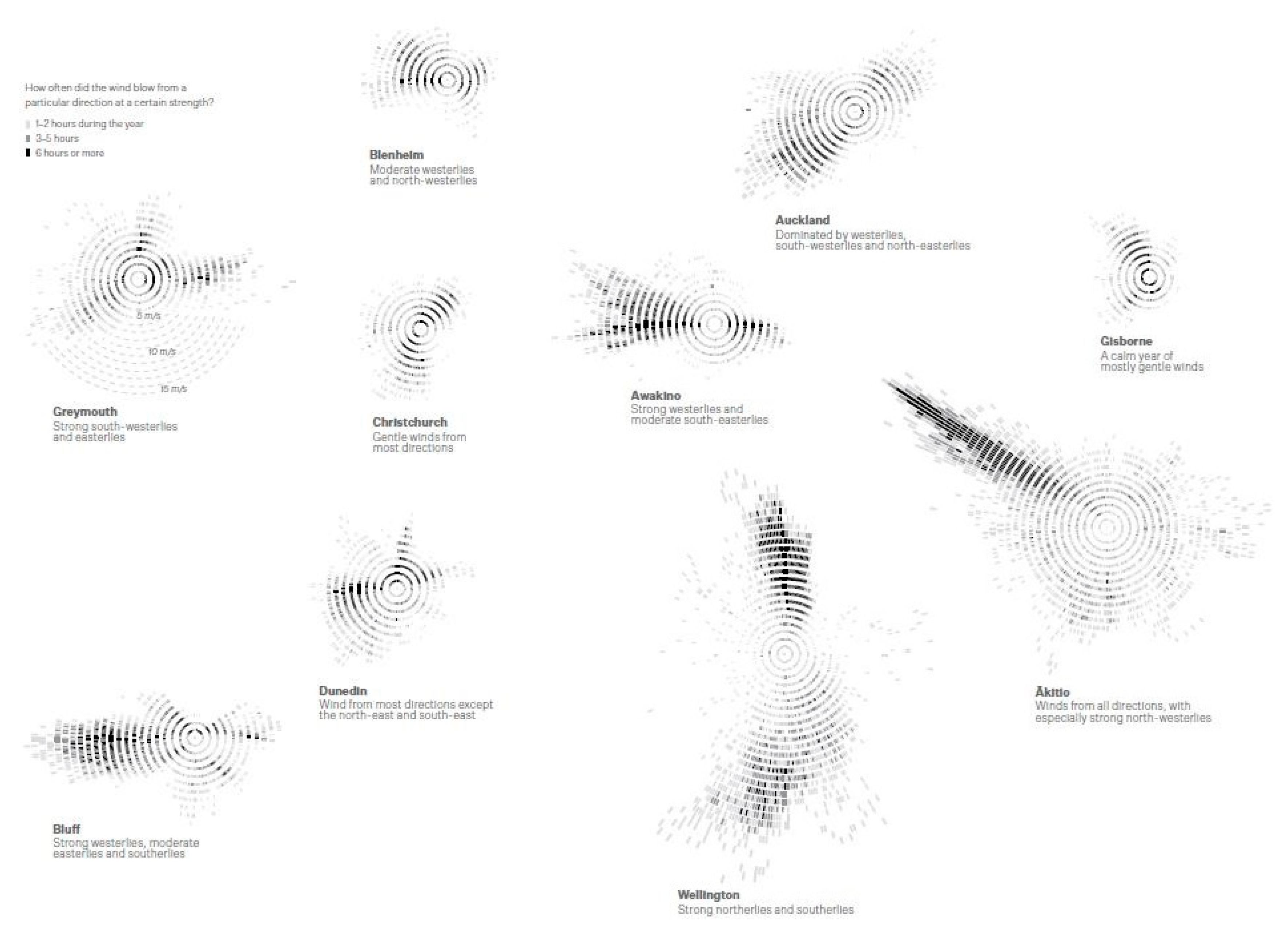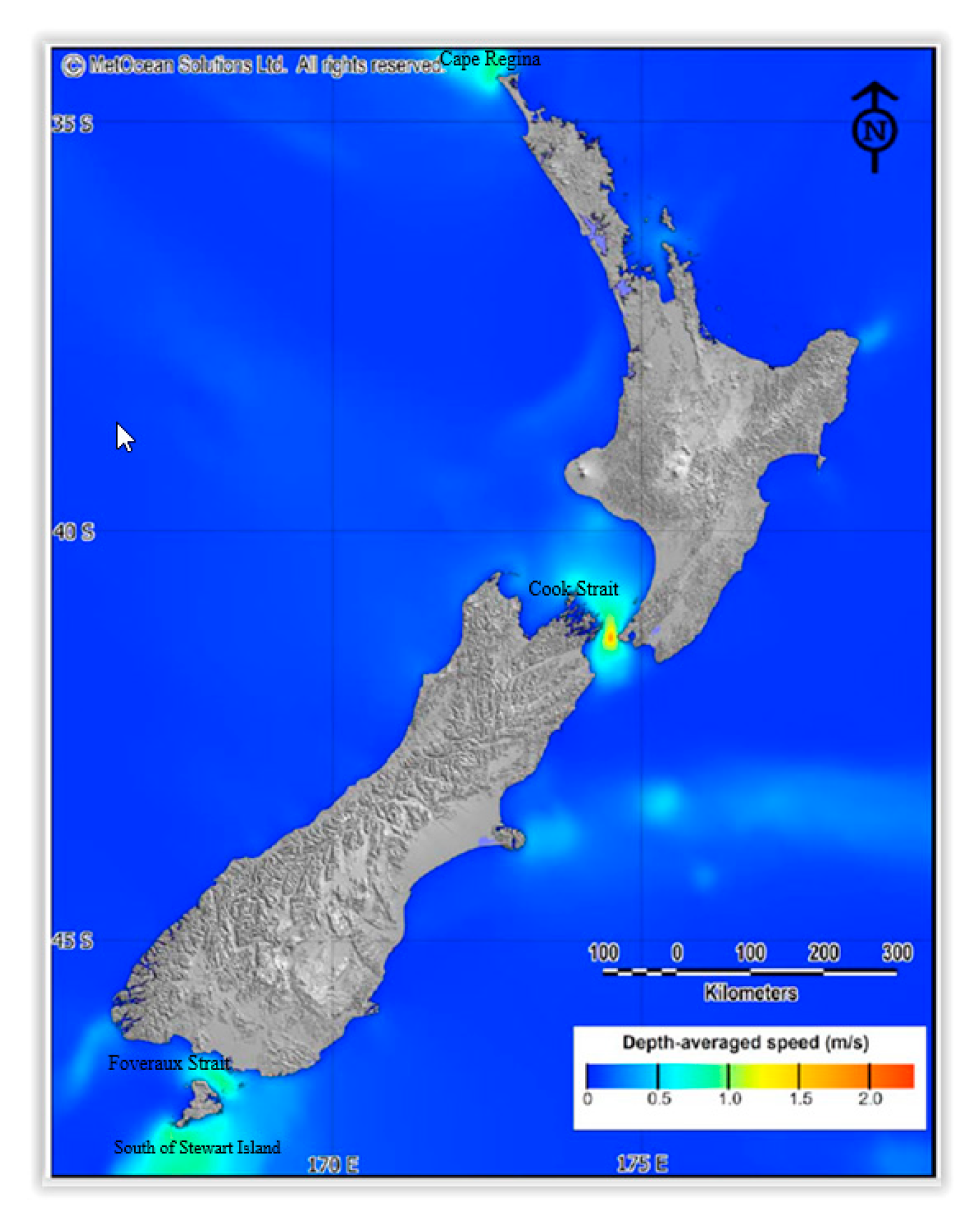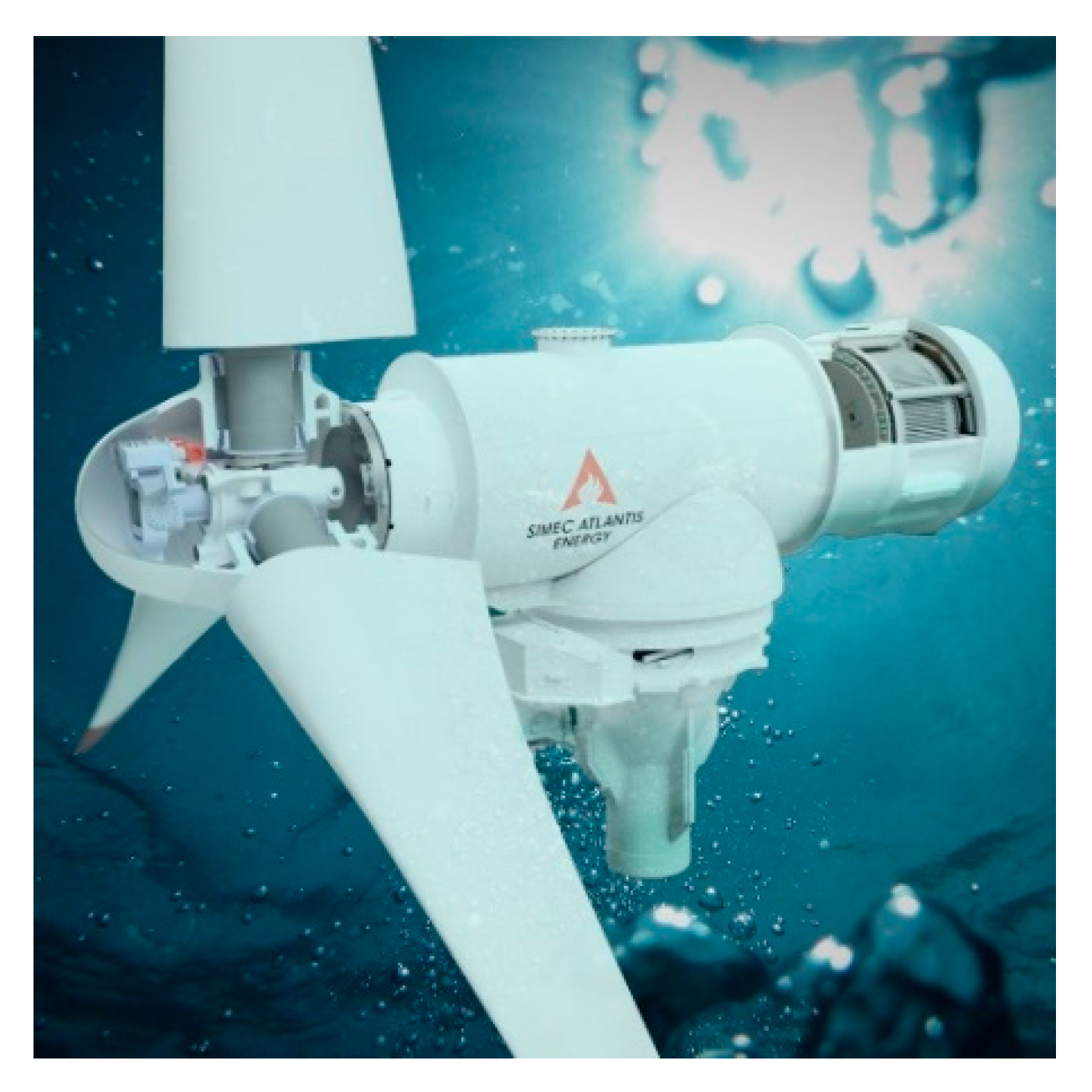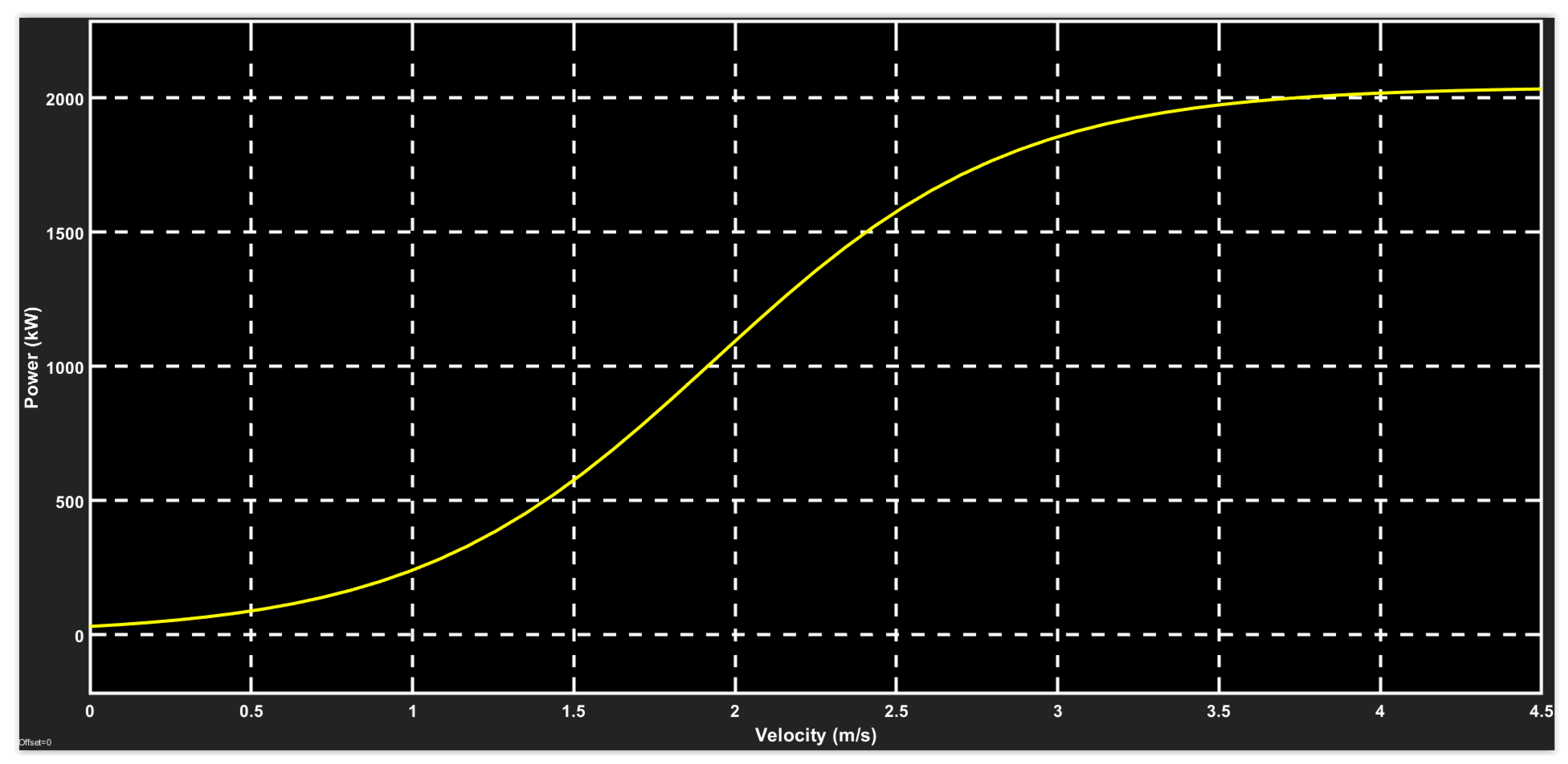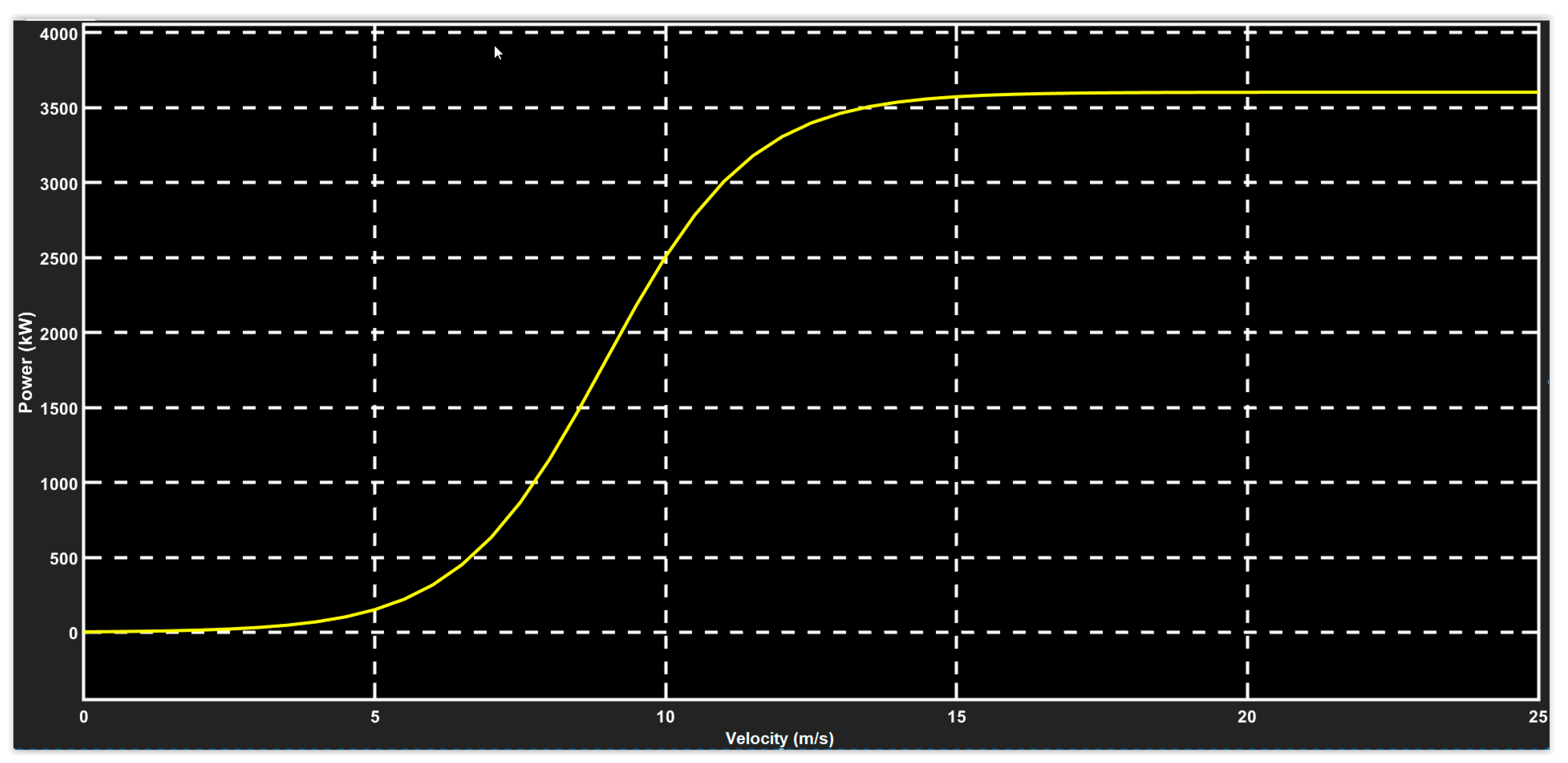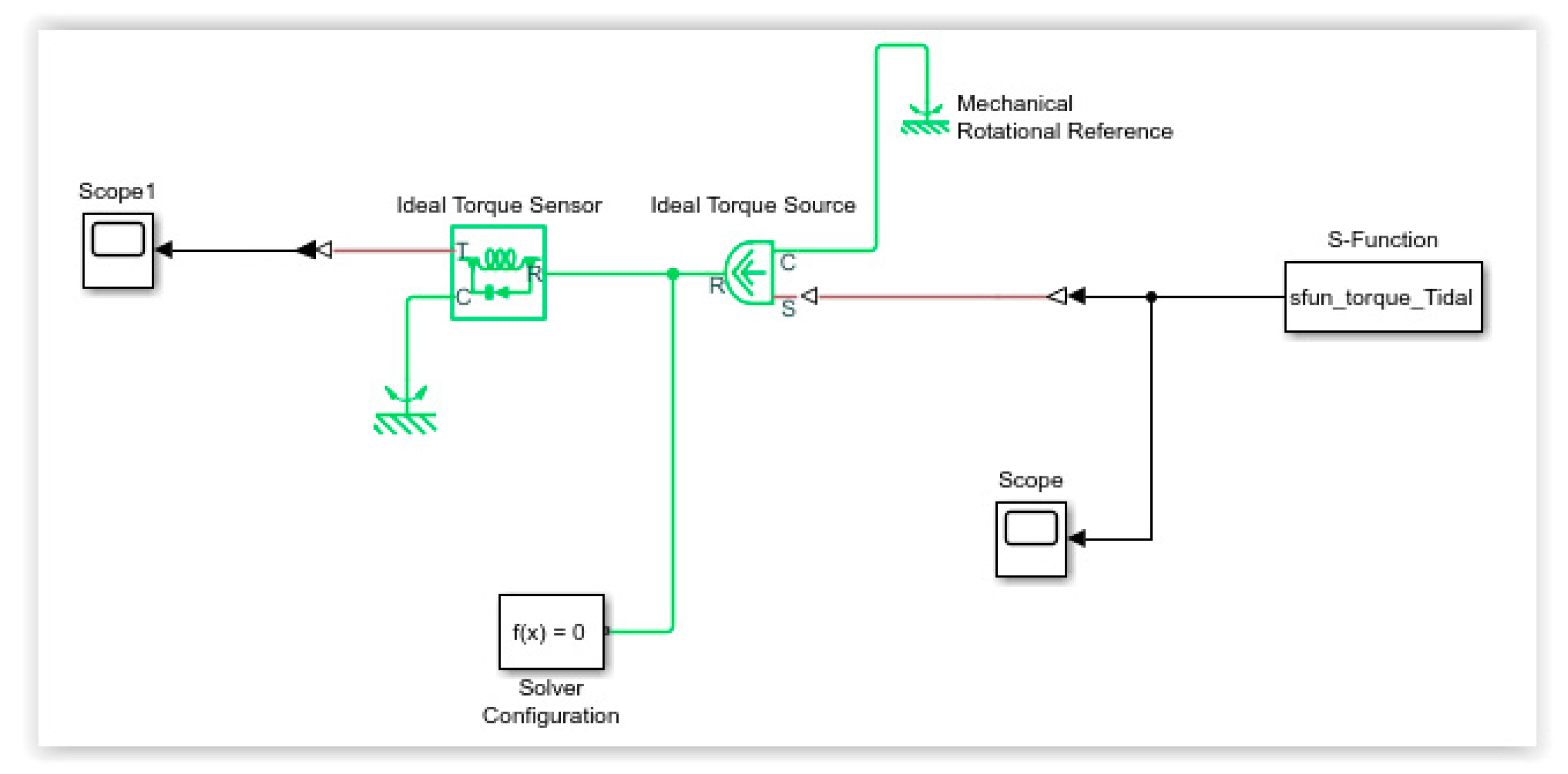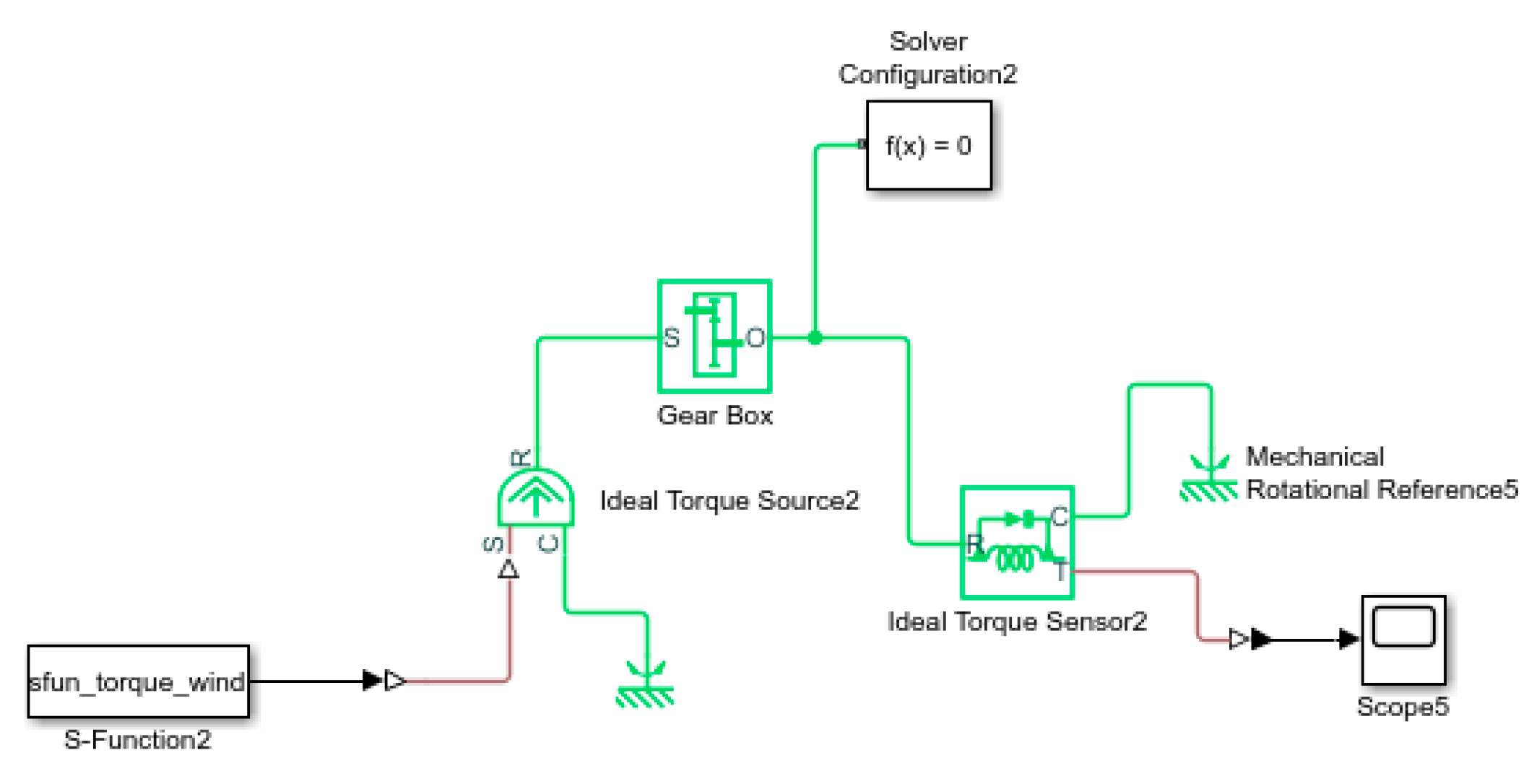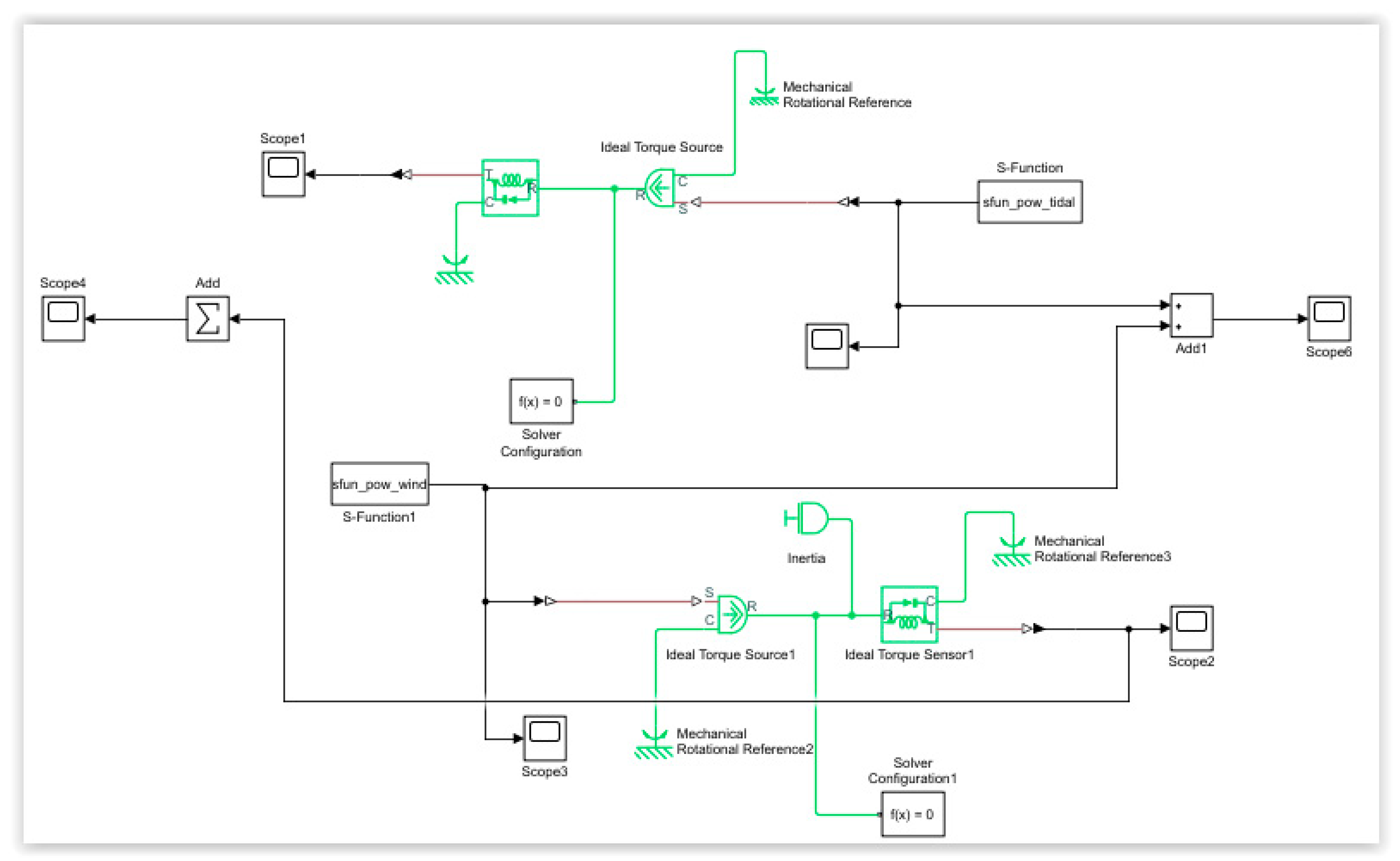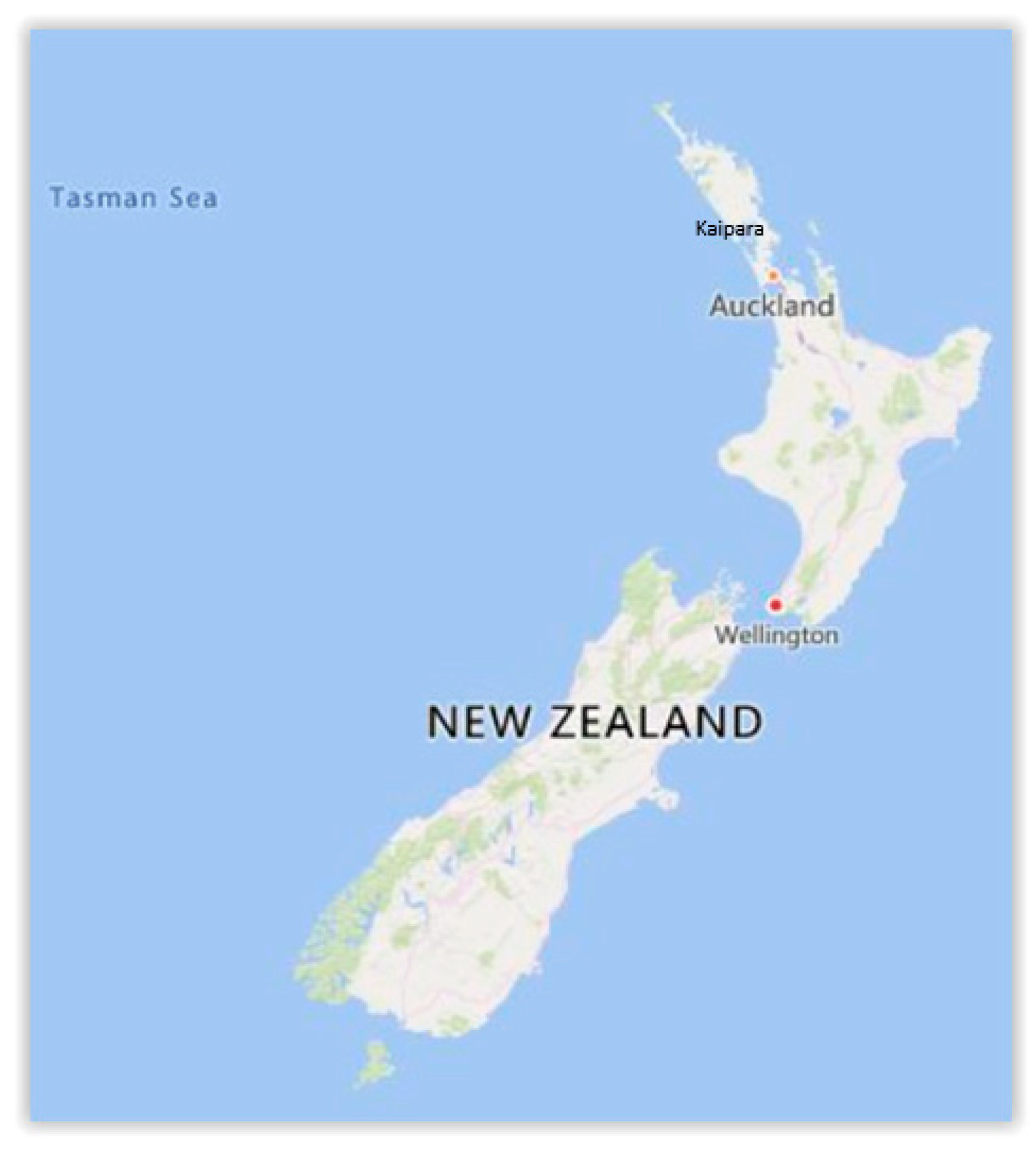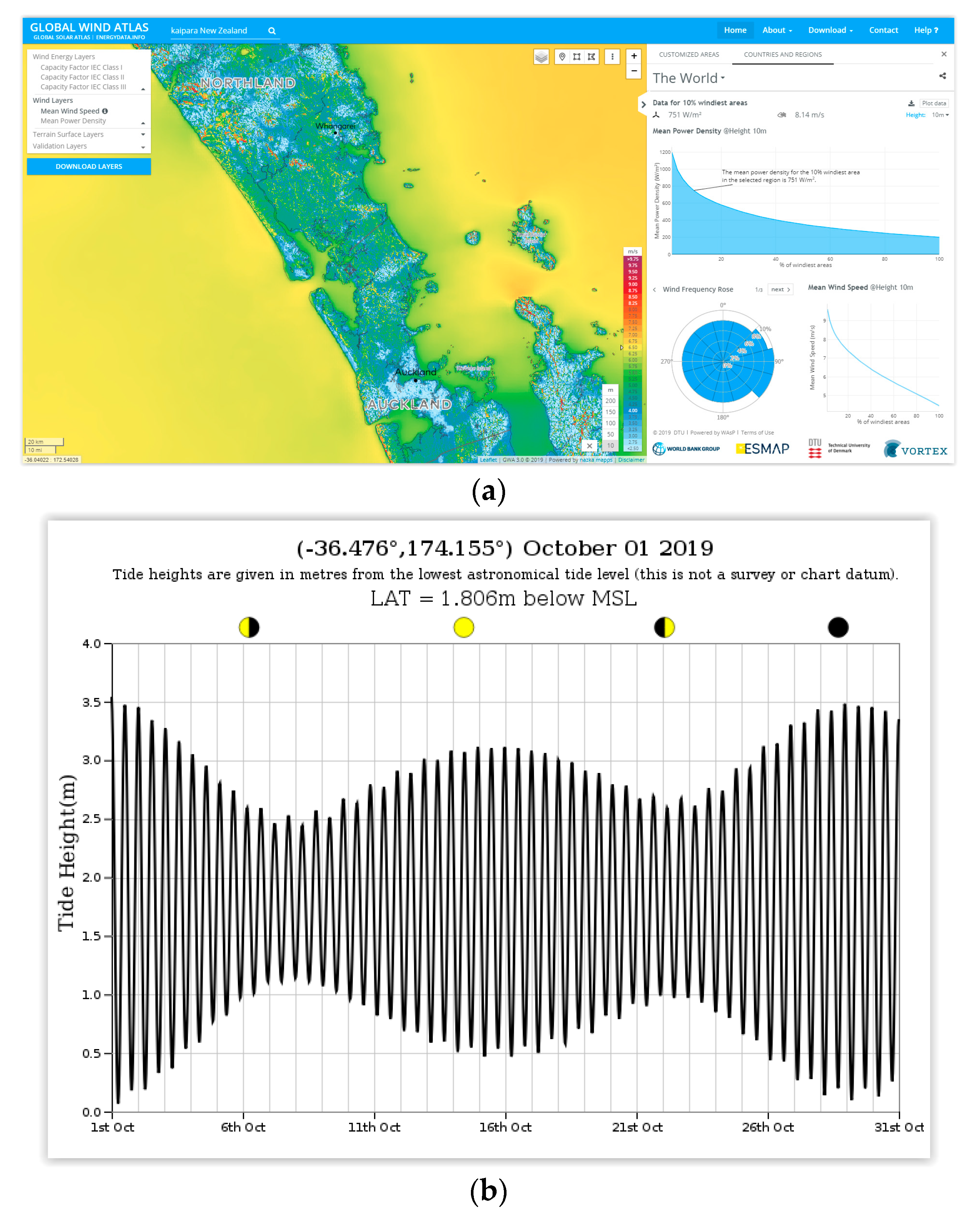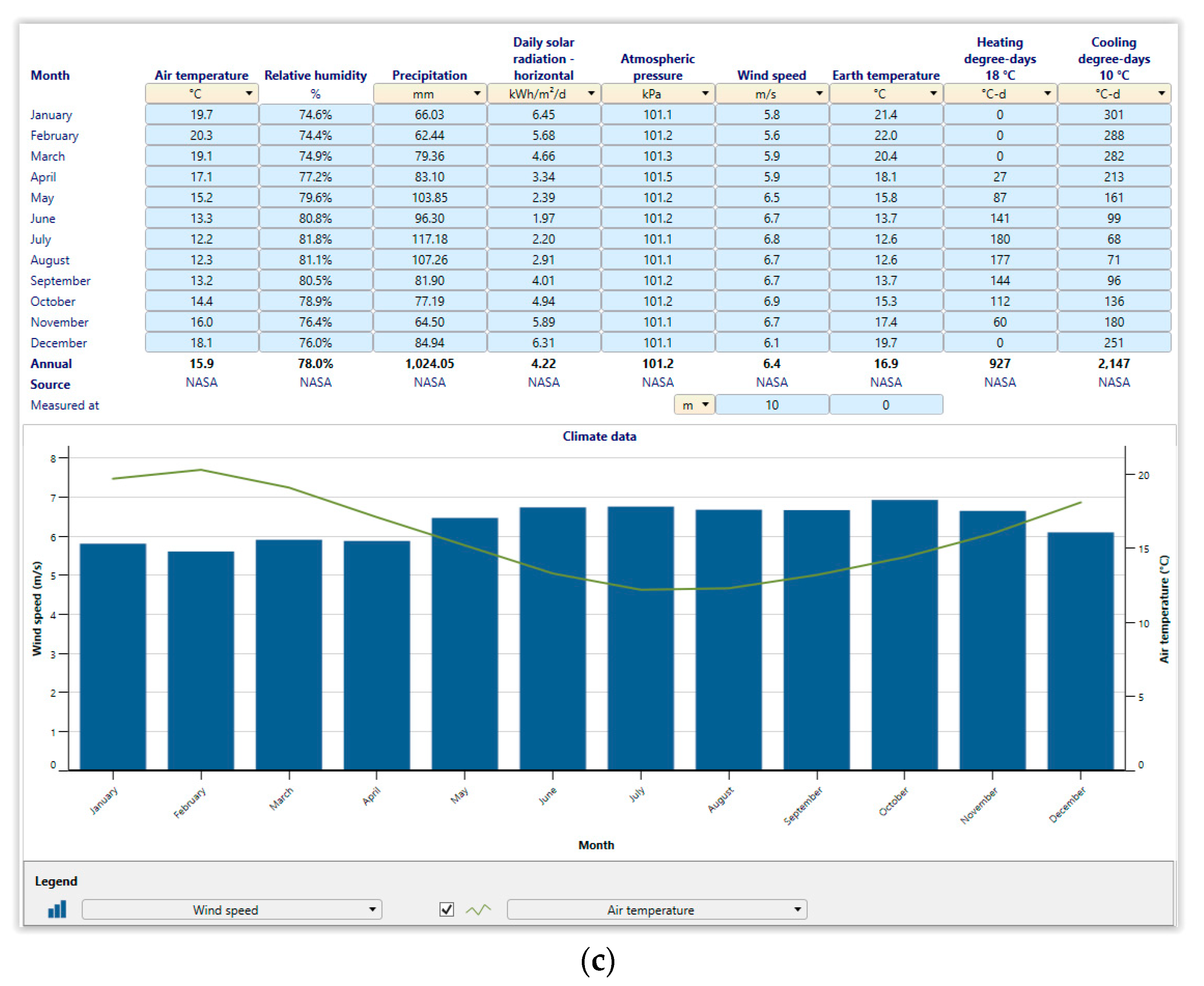2.2. Sites which are Suitable for Hybrid Wind and Tidal Generation
Previous investigations of the New Zealand coast have identified good sites for wind energy generation, or good sites for tidal energy generation. However, nobody has prepared a list of sites which are suitable for hybrid generation, i.e., install a wind turbine plus tidal turbine at the same site to increase electricity generated, and link using a microgrid. A short list of sites which may be suitable for hybrid generation has been prepared by referring to previous investigations.
Westerly wind patterns prevail in most parts of New Zealand. NIWA recording sites summarize every hourly measurement, illustrating patterns of turbulence and calm in different places.
Figure 10 shows sites selected to show typical wind patterns.
For each site selected, scatter charts (
Figure 11) show how often and how strongly winds blow from different directions during 2014. The center of each plot represents calm conditions. Wind strength is shown by the distance from the chart center, in 1 meter-per-second steps. The further a tick is from the calm center, the stronger the wind. Wind direction is determined by angle from the center. Northerly winds are at a 12 o’clock position; easterlies at 3 o’clock. The duration for which wind blows from a particular direction at a certain strength is shown by periodic time symbols in
Figure 11 [
13]:
The sites in
Figure 11 show typical wind speeds and directions on different New Zealand coastlines:
- *
West coast of the South Island (Greymouth site) has strong south-westerlies (from sea), also strong easterlies (from mountains). However, this coast is stormy (frequent big waves), so cost of building and maintaining offshore turbine towers may be too high. Sheltered sites on this coast are the fiords at the south end, e.g., Dusky Sound. However, fiord sides are mountains which cause turbulent changes in wind direction and velocity. Another sheltered site is a big tidal estuary, Whanganui Inlet at the north end near Farewell Spit. Here mountains are not so high, so turbulent wind changes are not so great.
- *
West coast of the North Island (Awakino site) has strong westerlies and moderate south-easterlies. This coast is also stormy, so cost of building and maintaining offshore turbine towers may also be too high here. Sheltered sites on this coast are several large harbors e.g. Manukau. Shores are hilly to flat, so local turbulence may not be a problem when operating wind turbines.
- *
East coast of the North Island. North-east part from North Cape to East Cape is represented by the Auckland site. This coast is dominated by south-westerlies, but also has strong north-easterlies. Sea bottom is shallow creating opportunity for offshore tower installation in absence of big waves, (except during north-easterly storms, when wave damage might be a risk). Here are many harbors with deep channels, also many tidal estuaries.
The east part—from East Cape to Cape Kidnappers—is represented by the Gisborne site. Here, winds from all directions are mostly gentle. So, this coast may be unsuitable for wind turbines (although north-west winds blow from inland ranges towards coast—and may be stronger in some years, than the wind rose diagram indicates). The east part’s harbors and estuaries are few, small, and shallow.
The south-east part from Cape Kidnappers to Cook Strait is represented by the Akitio and Wellington sites. Winds blow from all directions, and especially strong north-westerlies and northerlies blow from inland ranges towards coast. This coast may have potential for installing wind turbines offshore (but just close to coast where sea bottom is shallow—Hikurangi Trench farther out is too deep). There are no harbors, just a few estuaries (miniscule).
- *
North coast of South Island (Blenheim site). Between Farewell Spit and Cape Campbell, dominant winds are moderate westerlies and north-westerlies. The offshore sea bottom is shallow in the bays (Golden Bay, Tasman Bay, Cloudy Bay). Marlborough Sounds are narrow harbors with deep channels. Additionally, there are some estuaries, e.g. Collingwood, Waimea, Nelson, and Wairau. However, because this coast does not have a strong wind prevailing from one direction, it may not be as good for wind energy.
- *
East coast of South Island (Christchurch and Dunedin sites). Winds from most directions are gentle to moderate. Along the Canterbury coast, north-west winds blow from the mountains across the plains (and may be stronger in some years, than the wind rose diagram indicates). On the Otago coast (Dunedin), south-west winds have greater frequency and strength. However, overall, this coast may not be good for finding suitable sites.
- *
South coast of South Island (Bluff site) has very strong prevailing westerlies, plus moderate easterlies and southerlies. Offshore sea bottom is shallow in Foveaux Strait. Here, wave attack is frequent, but waves are moderately sized. There is only one large harbor (Bluff), and several large shallow estuaries (Mataura, Oreti, Aparima). The south coast of Stewart Island is stormier, with very large waves. It has two large harbors (Paterson and Pegasus).
This review of information about wind speeds and directions on the New Zealand coastline shows that the west coast of the North Island, the south-east coast of the North Island, and the south coast of the South Island are coasts with great potential to generate electricity from wind energy. Bathymetric maps of depth to seabed, also gives information about the storminess of these coasts, suggest that the cost of constructing and maintaining towers in harbors or estuaries may be much less than cost of installation offshore in open water.
Open-water tidal circulation around the New Zealand coast is anti-clockwise. It is the reason why when tides on the west coast are high, tides on the east coast are low. It also creates strong reverse-direction tidal currents in open water where the two coasts meet, i.e., North Cape to Cape Maria van Diemen, Cook Strait, Foveaux Strait, and the South Cape of Stewart Island [
14]. Close to shore, where open-water tidal circulation moves across shallow sea bed and enters bays, harbors or estuaries, normal reversals of tidal current are observed twice a day, i.e., incoming and outgoing tides [
15].
Huckerby and Johnson (2008) modelled tidal flow around the New Zealand coasts [
16,
17]. The national distribution of utilizable open ocean tidal currents is very limited. Only four areas have mean current speeds that exceed 1 m/s (
Figure 12). Two (north of Cape Reinga and south of Stewart Island) are exposed to severe storms and a third (Cook Strait) is deep water (most parts are too deep to attach towers to seabed) and are also prone to undersea earthquakes. The fourth (Foveaux Strait and adjacent estuaries) is shallow water (seabed 10 to 40 meters below sea level), so easier and cheaper to install turbines.
Hicks and Hume (1996) determined tidal volumes and current velocities in harbors on the northern coast of the North Island by (
Table 1) [
18]. Their investigation shows that the largest are Kaipara, Manukau, Hokianga, Rangaunu, and Whangarei Harbors, respectively. Tidal flows of Kaipara Harbor are the greatest, exchanging at each spring flood or ebb movement a tidal prism of ~1990 million cubic meters at average current of 1.12 m/s. Bellve, Austin, and Woods [
19] cite Hicks and Hume’s data in a report identifying the Kaipara harbor as most suitable for tidal energy generation. Crest Energy, based on this evaluation, proposes installing 200 marine turbines in the Kaipara Harbor to generate ~1.2 MW peak with expected power capacity of 1.750 GWh per annum. The Crest Energy proposal is on hold. Intellectual property (designs, models, economic analyses) and development rights are now held by another company; Todd Energy.
Farther south, some older data are available from Heath (1976) [
20] which show large open bays have big tidal prisms but weak tidal flows (
Table 2). Small harbors or estuaries can have strong flows, but their prisms are small. Large harbors with deep narrow entrances combine large tidal prisms with strong tidal flows. Heath’s measurements indicate Aotea, Waimea, Parengarenga, Tauranga, Kawhia, Rangaunu, Raglan, Whangarei, Bluff, Otago, Hokianga, Manukau, Lythelton, Kaipara, Akaroa, and Wellington Harbor could be worth investigating.
Global Wind Atlas data have been used to identify which of these harbor/estuary sites in
Table 1 and
Table 2 also have good wind runs (expressed as mean annual wind speed). The latitude, longitude, wind run, and tide range of sites, which appear to have potential for hybrid generation, are summarized in
Table 3.
Many sites identified by Heath or Hicks and Hume as having strong tidal flows and large tidal prisms can be ruled out because wind run is not good (Hokianga, Kawhia, Aotea, Tauranga, Lyttelton, Akaroa). Some harbors in
Table 3 can be ruled out, because they have commercial ports. Here turbine monopiles will be navigation hazards (except if the deep-water channel extends upstream beyond wharf). Commercial ports ruled out are Whangarei, Waitemata (Auckland), Manukau (Auckland), Tauranga (south entrance), Port Nicholson (Wellington), Lyttelton (Christchurch), Otago (Dunedin), and Bluff (from wharf to entrance).
Some estuaries must also be ruled out, because they contain marine reserves, or they are next to national parks etc. (Port Pegasus, Paterson Inlet, Akaroa, parts of Golden Bay, Whanganui Inlet). Here, the Department of Conservation will not allow resource consent.
Finally a few estuaries with deep entrance channels have to be ruled out because their shores are inhabited by tangata whenua (Maori) who say that the estuaries are taonga (valuable possessions) for fishing, gathering shellfish etc; or that the shores are wahi tapu (sacred places) which must not be disturbed. Examples are Parengarenga, Whangaroa, Bay of Islands, and Whangaruru. Maybe also Hokianga, Whaingaroa (Raglan), Aotea, and Kawhia.
